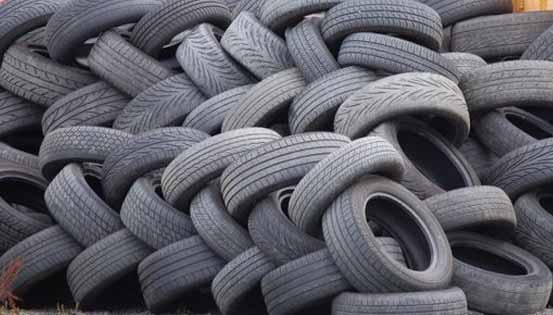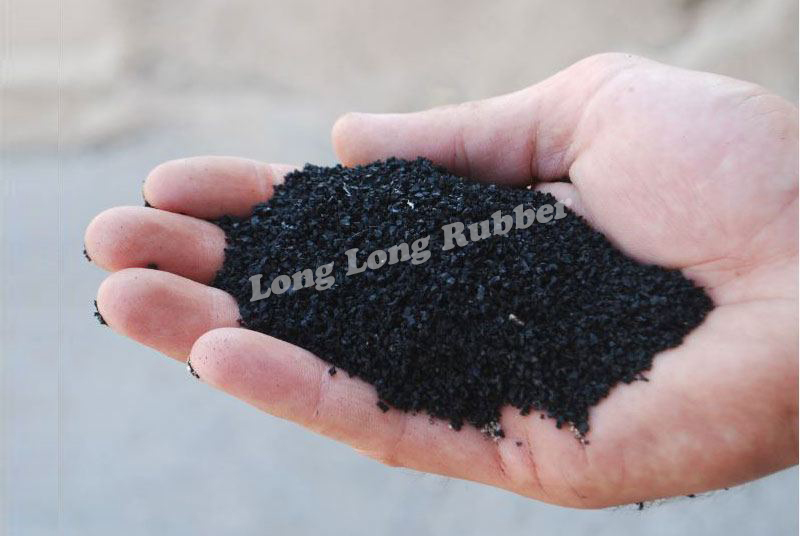Styrene Butadiene Rubber -SBR is the most commonly used synthetic rubber, replacing natural rubber in many applications. SBR is a general-purpose rubber made up of a copolymer of 75 per cent styrene and 25 percent butadiene.
APPLICATIONS OF SBR
The bulk of SBR is used in automotive tyres and parts for light applications. It is used in decreasing proportions in car tyres due to its inferior heat resistance to natural rubber. Airplane tyres, for example, are made entirely of natural rubber and require greater heat resistance.
Cold emulsion SBR is more widely used in lighter duty tyres, while solution SBR is more commonly used in specialized applications, such as radial car tyres and motorcycle treads, due to its higher cost.
Automotive components, such as drive couplings, are often made of SBR. Because of its abrasion resistance, SBR can be used in industrial applications such as belting, wire and cable insulation, haul-off pads, roll coverings, hoses, gaskets, seals and coated fabrics, in addition to automotive applications.
Because of its metal adhesion and abrasion resistance, SBR is widely used for rubber gaskets. Styrene Butadiene Rubber is used in consumer items such as shoe soles, carpet backing adhesive, and molded rubber goods.
PROPERTIES OF SBR
Because of its low cost and widespread availability, SBR rubber is widely used, despite its high tensile and impact strength, toughness and abrasion resistance.
It has good heat resistance and is flexible in low temperatures. Air, organic acid, ketones, chemicals, alcohol, and aldehyde are all immune to SBR.
This form of rubber also ages better than natural rubber and is more resistant to cracking while allowing for large quantities of filler to improve its properties.
However, without fillers, Styrene Butadiene Rubber is one of the weaker rubbers. Ozone, oxidation, fatigue, solvent and weathering are all threats to this form of rubber.
It also has poor tear strength and durability when compared to natural rubber, particularly at high temperatures. SBR, like natural rubber, swells and weakens when exposed to hydrocarbon oils.
Source: Rubberfact.




main.comment_read_more